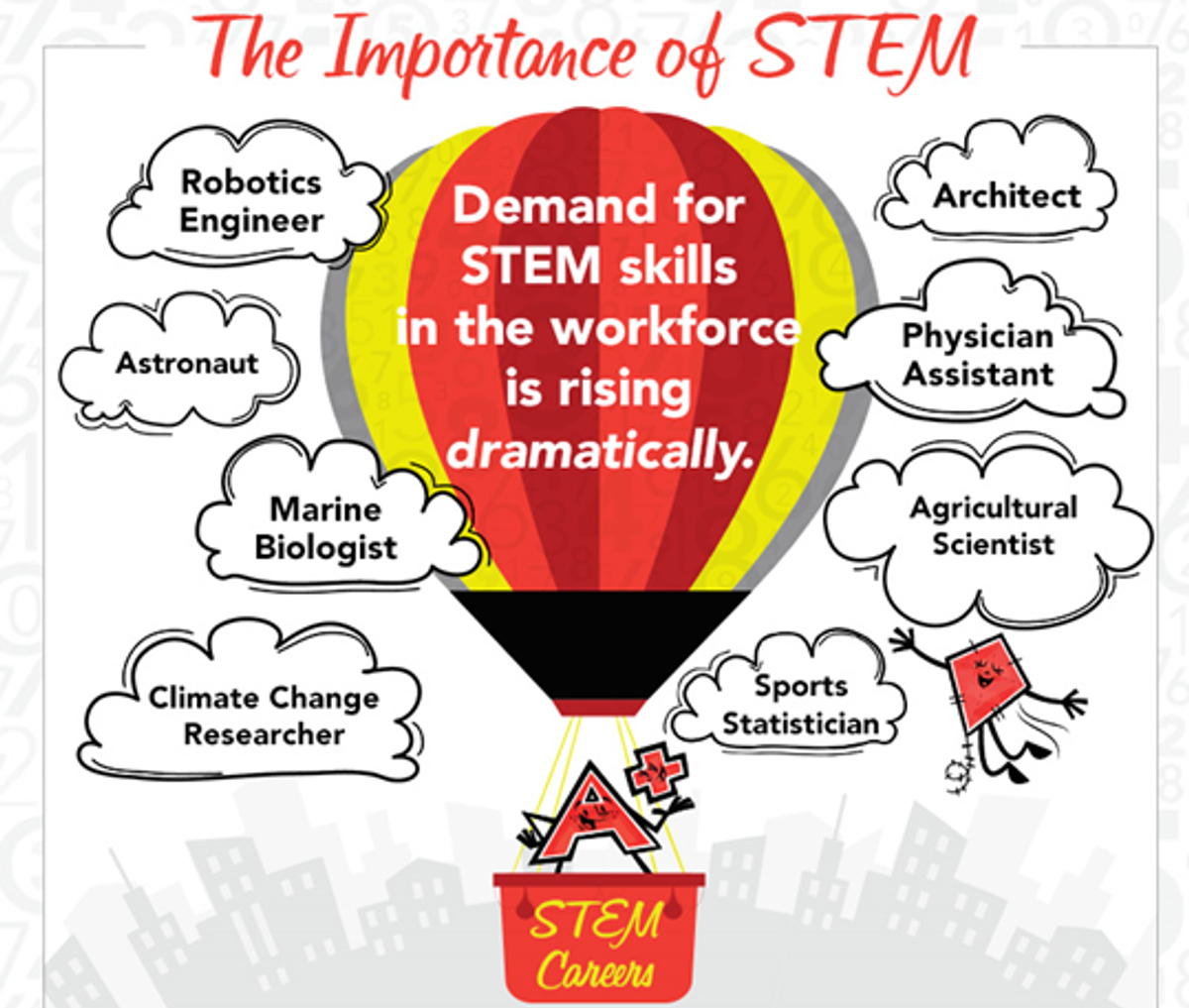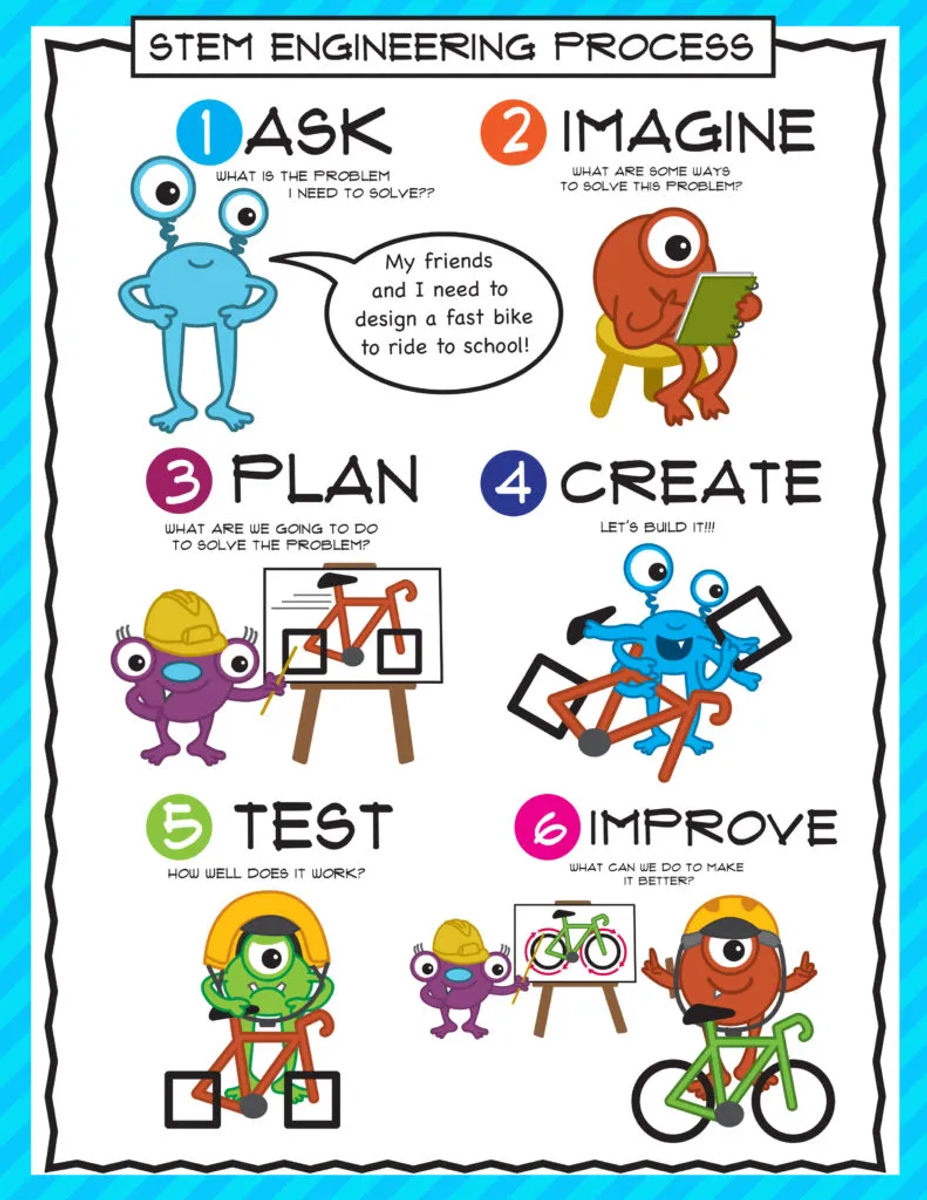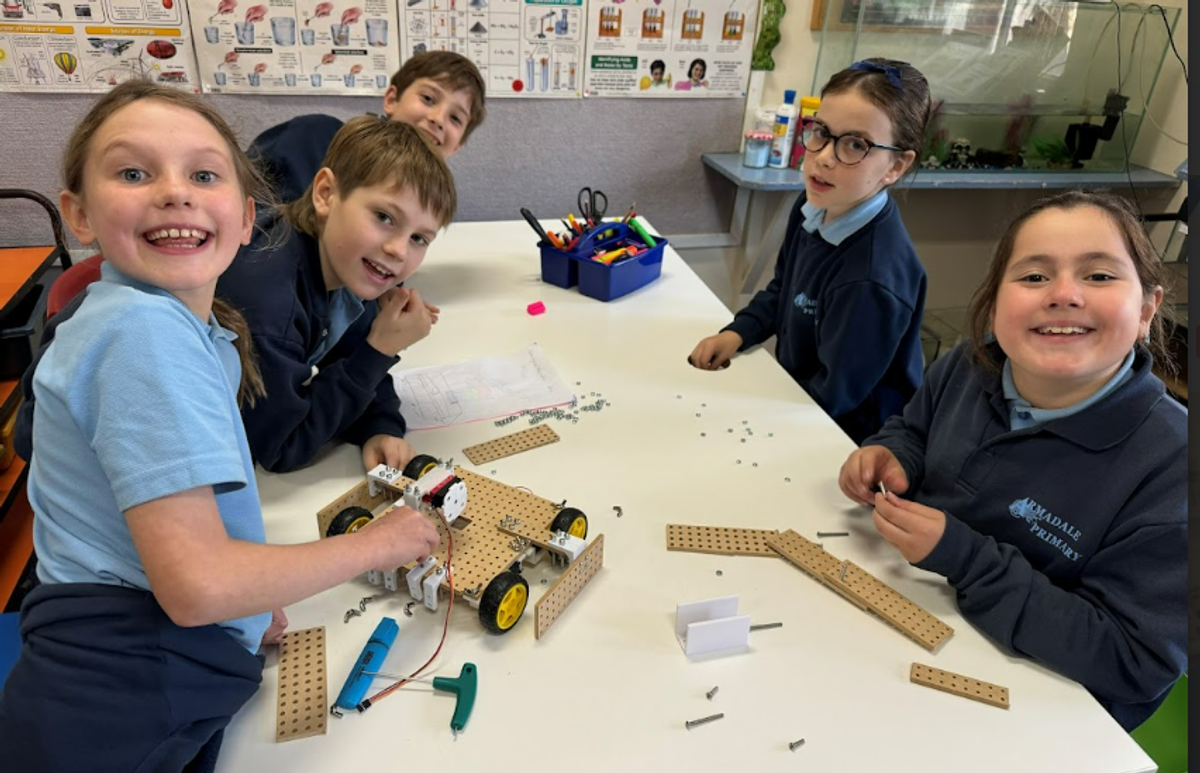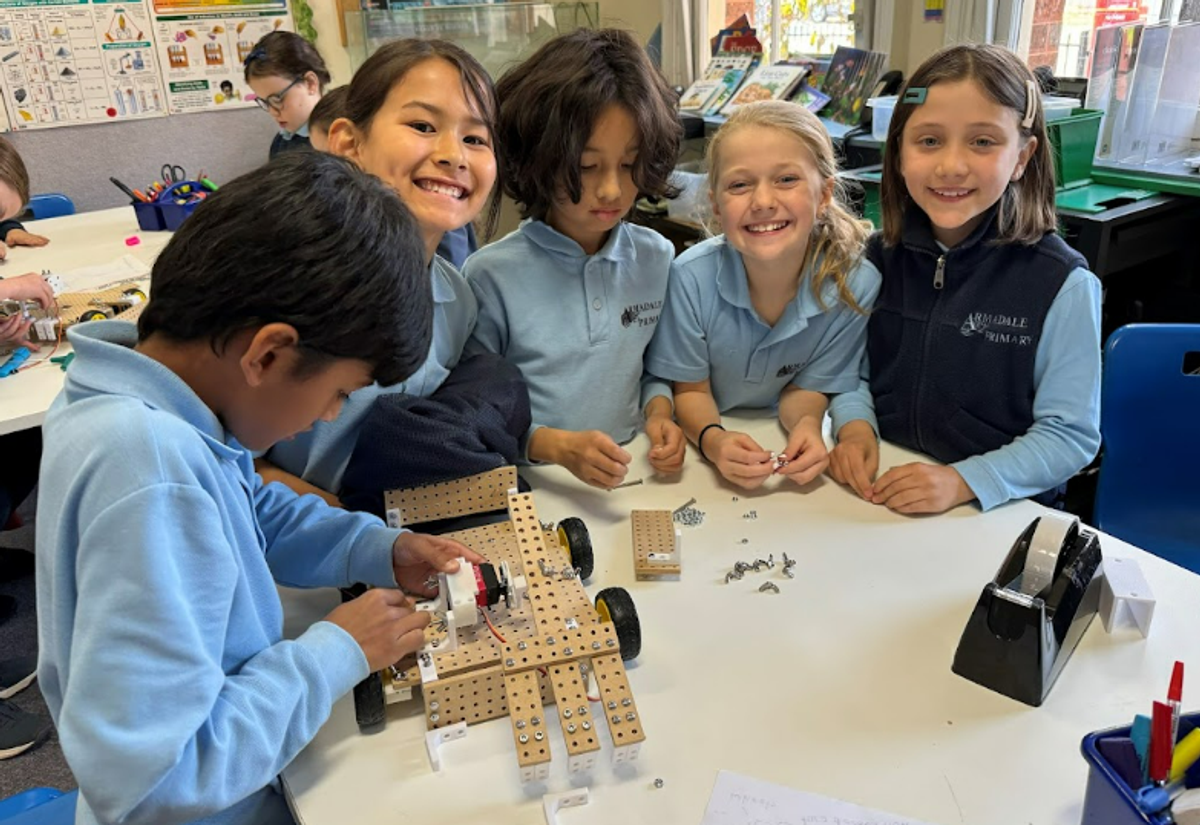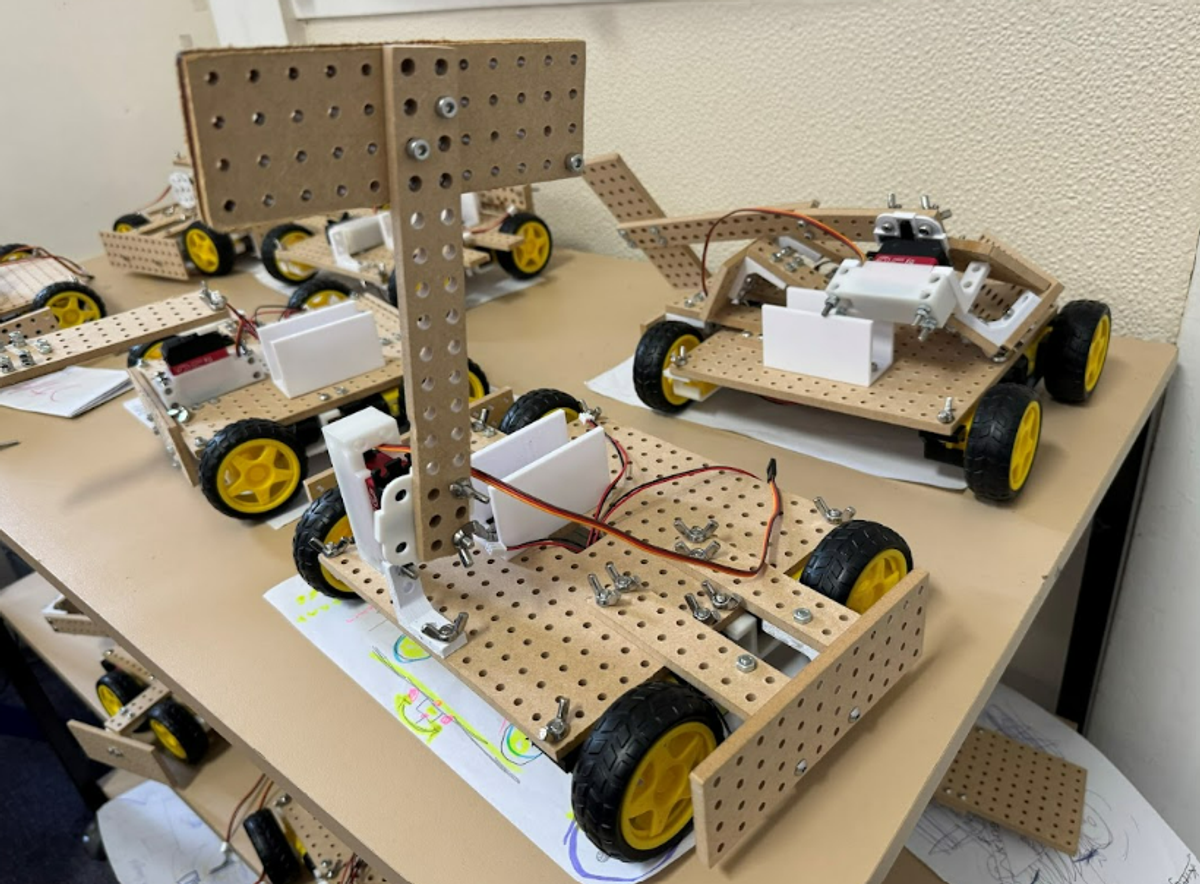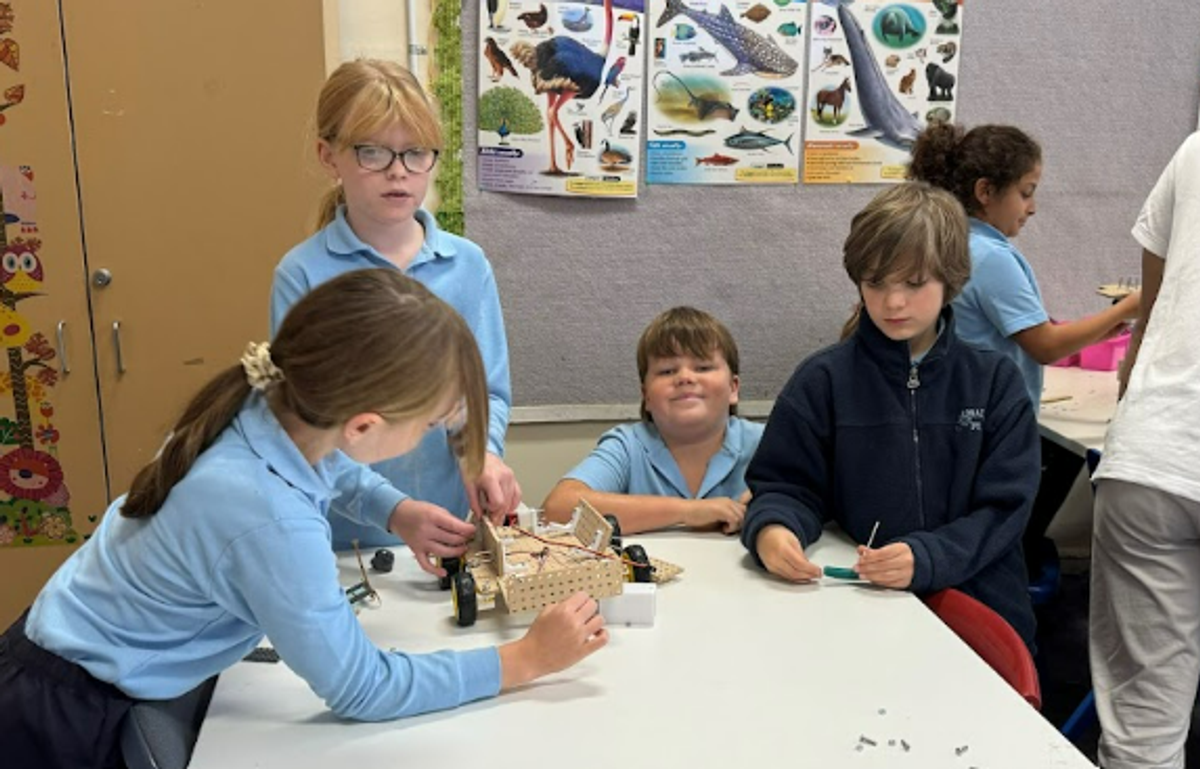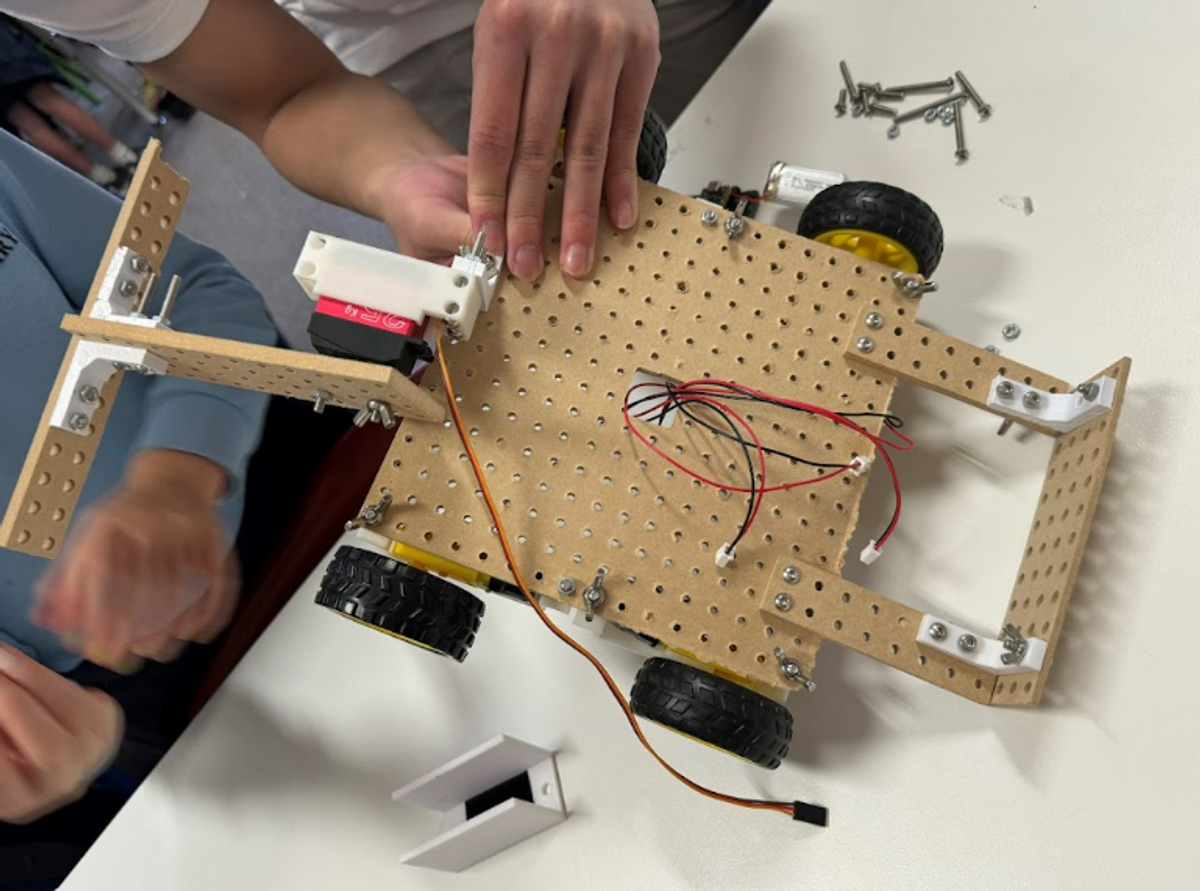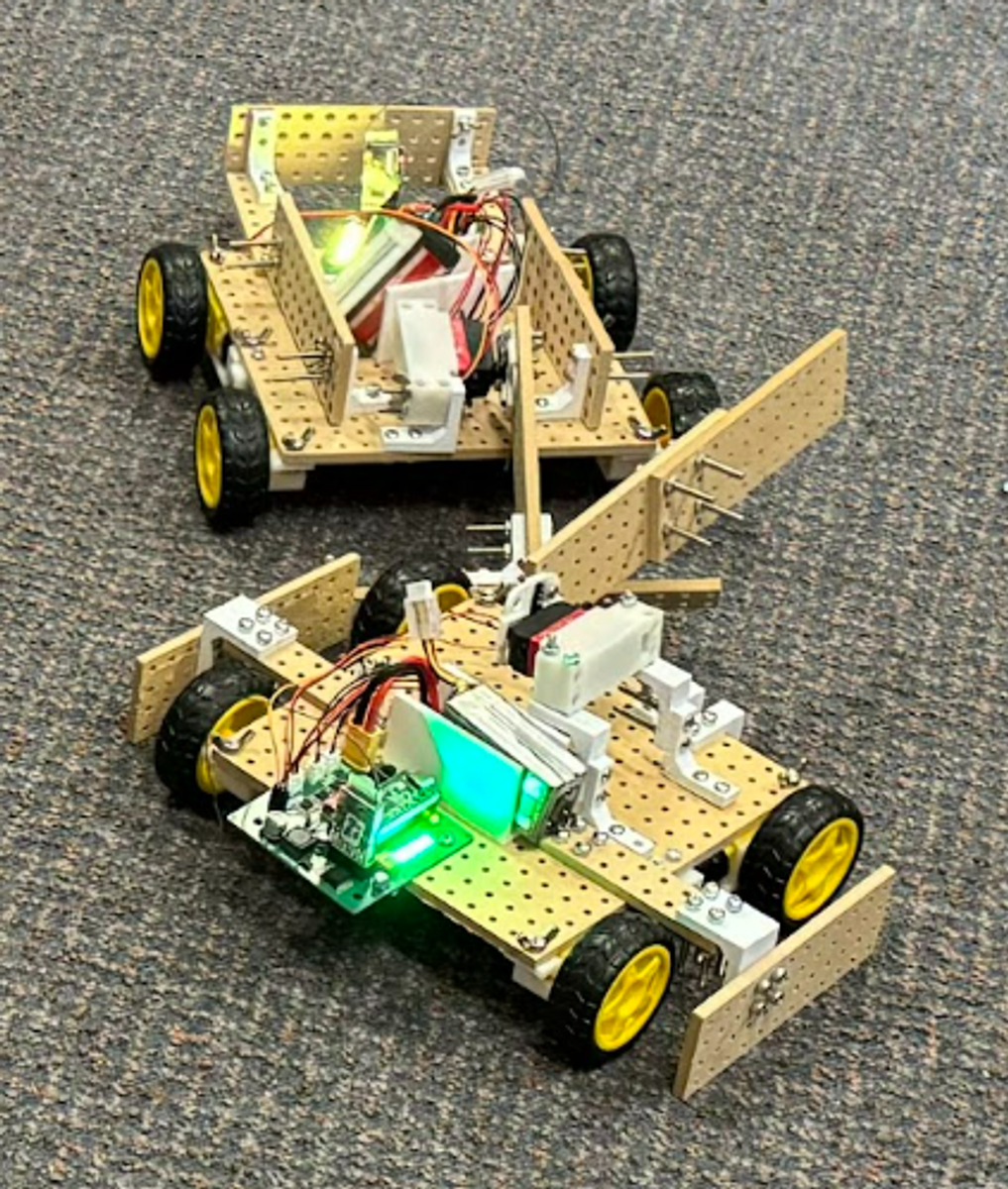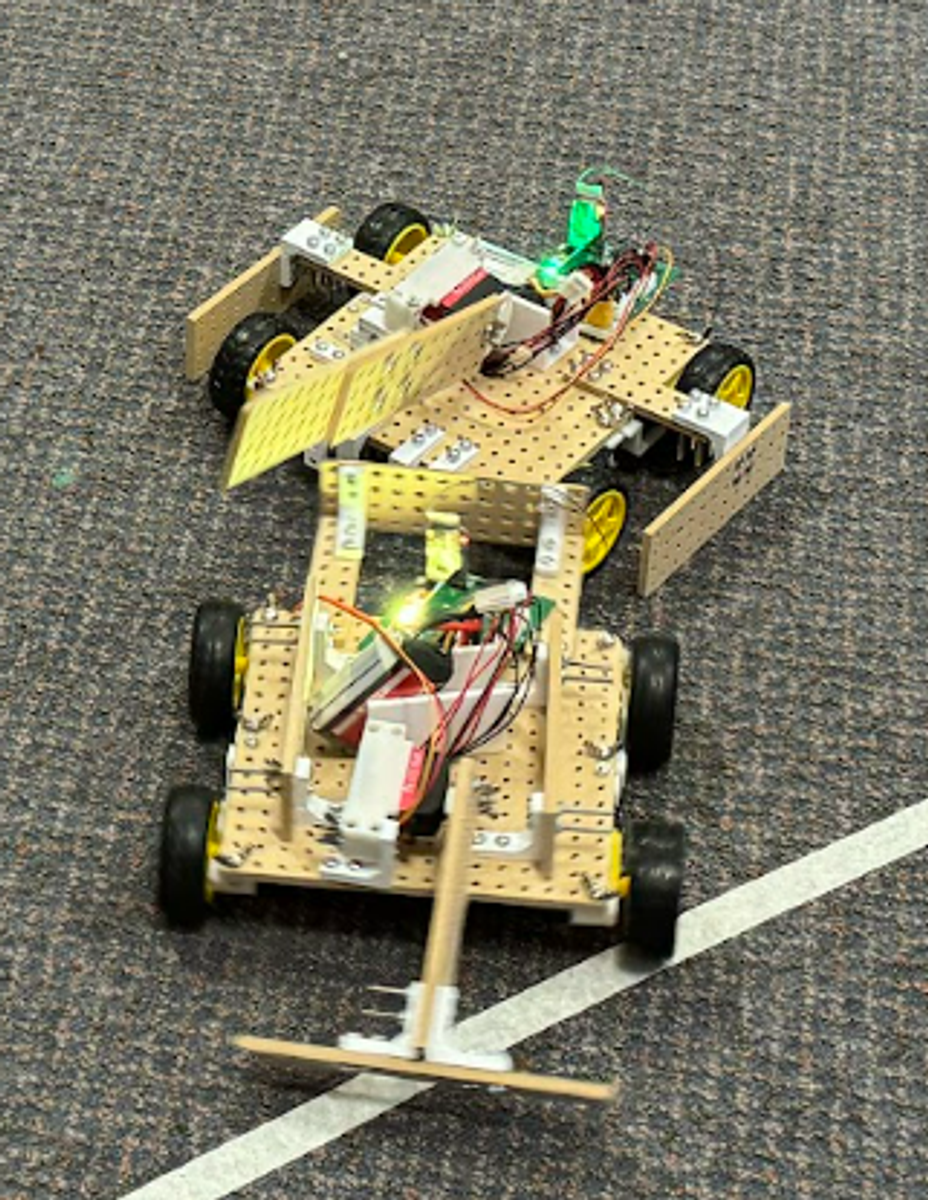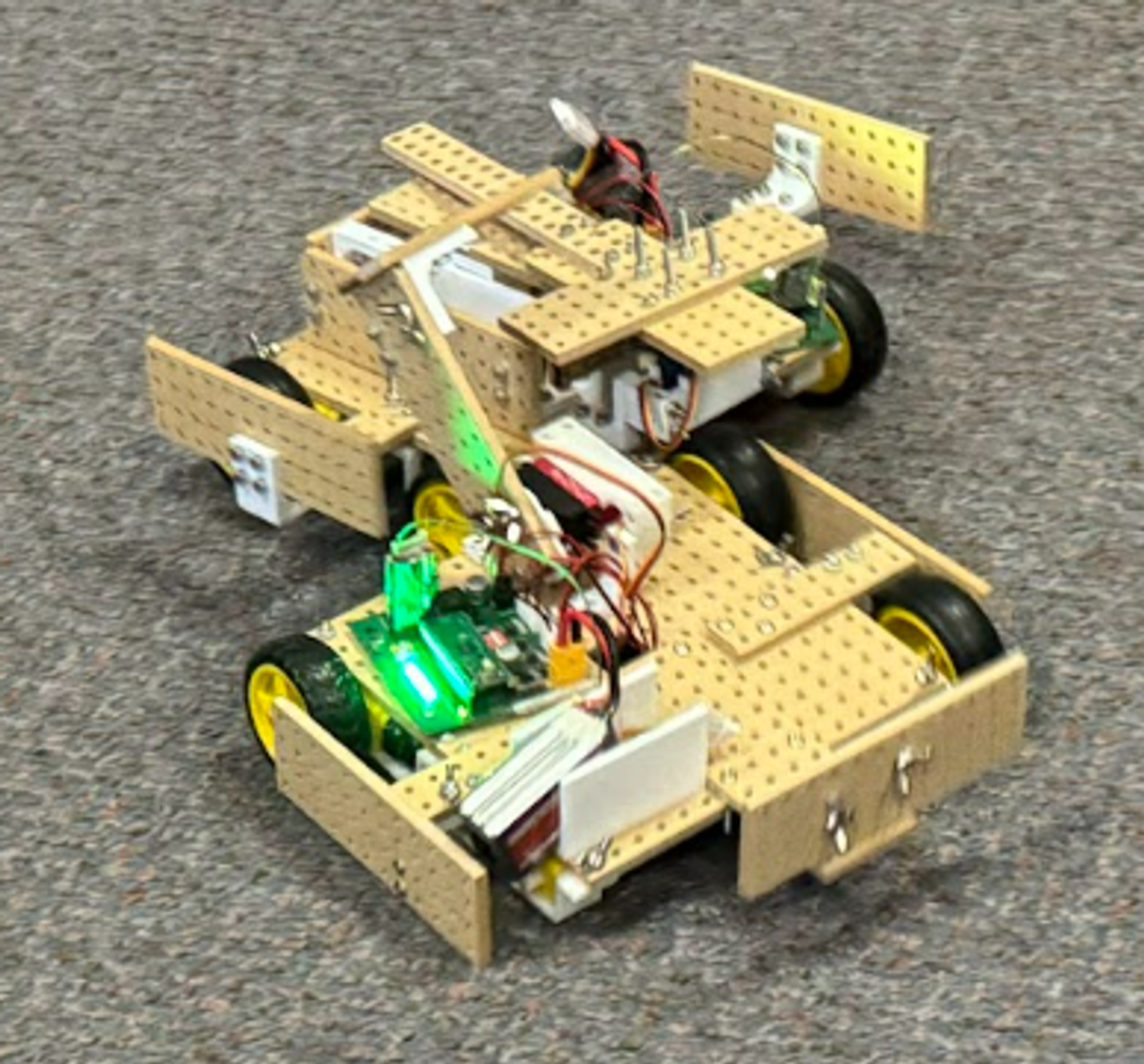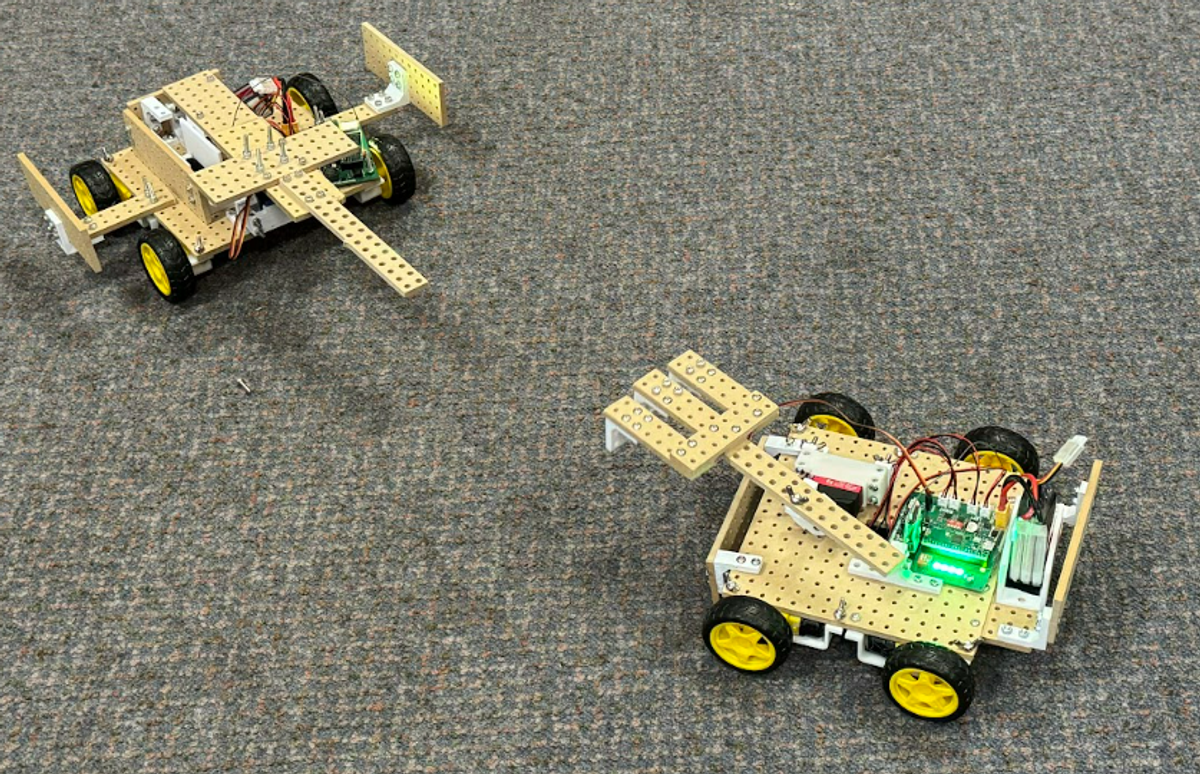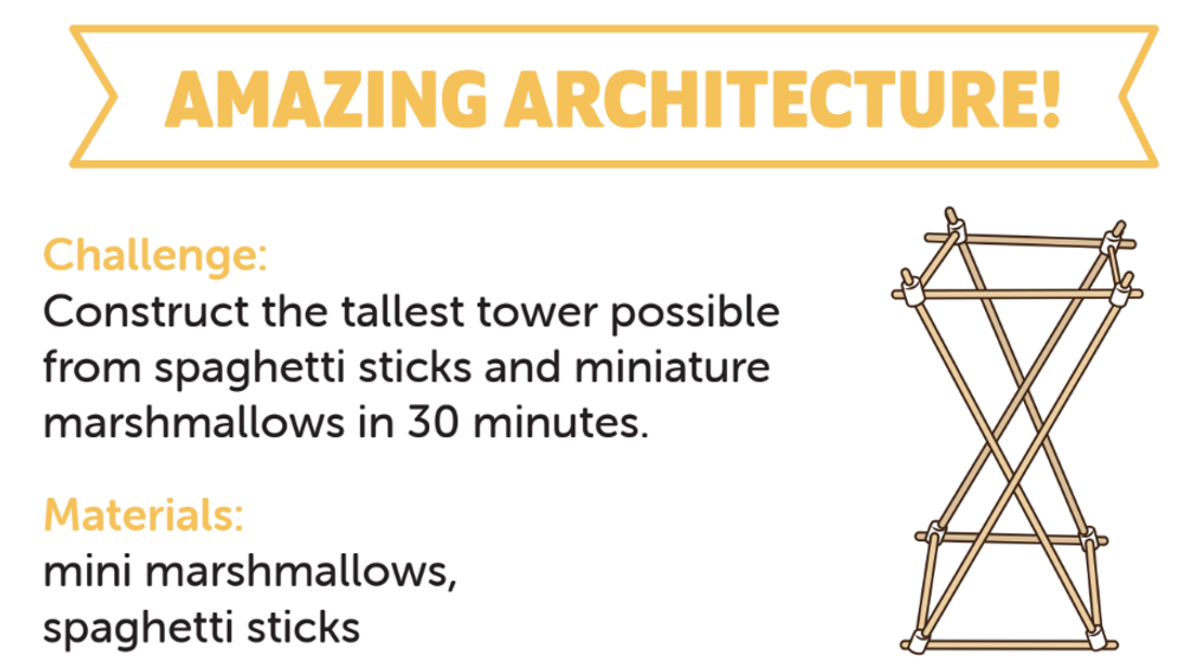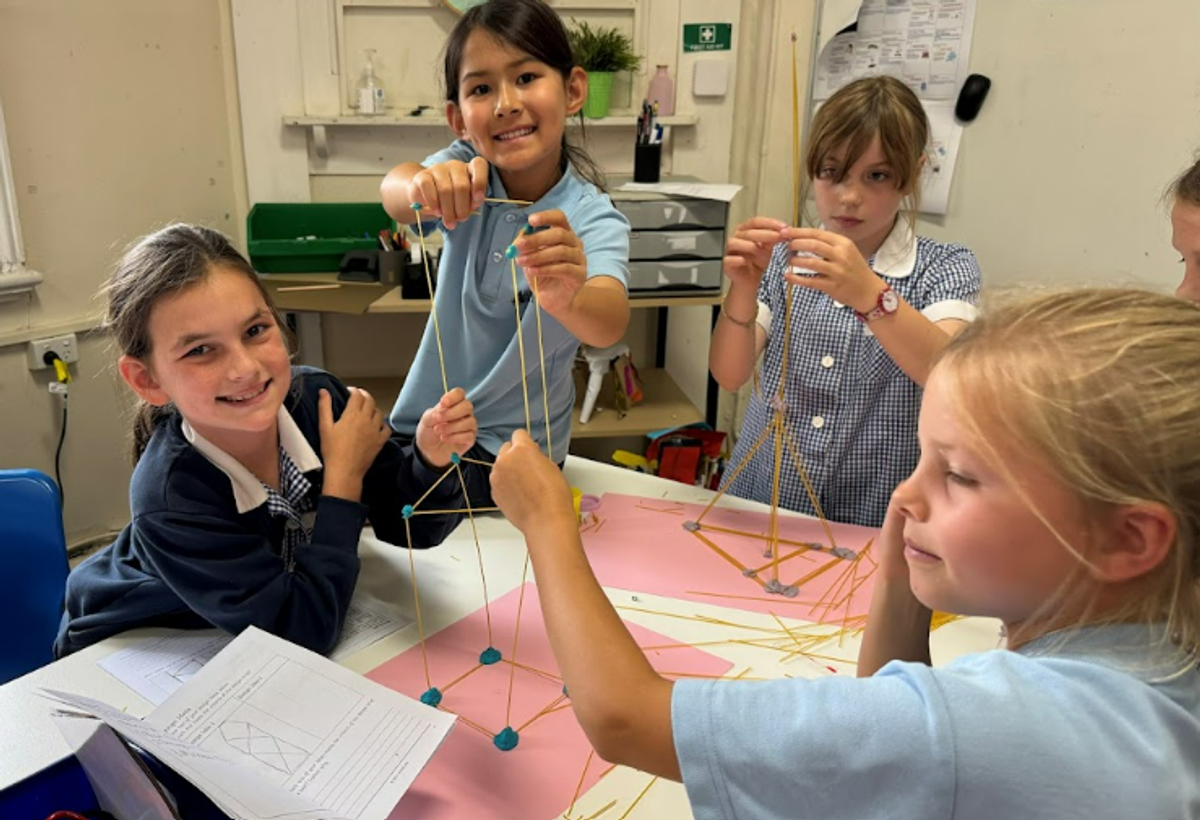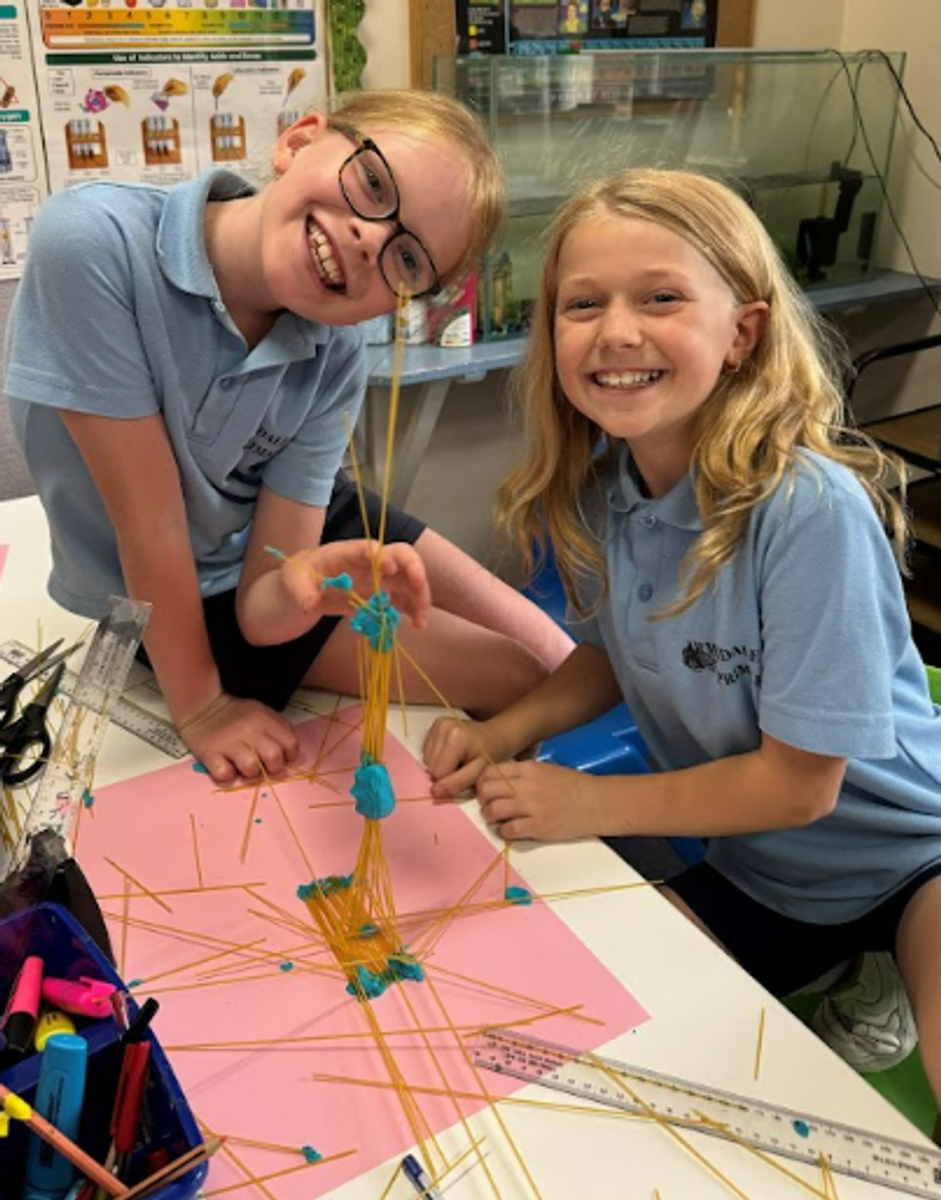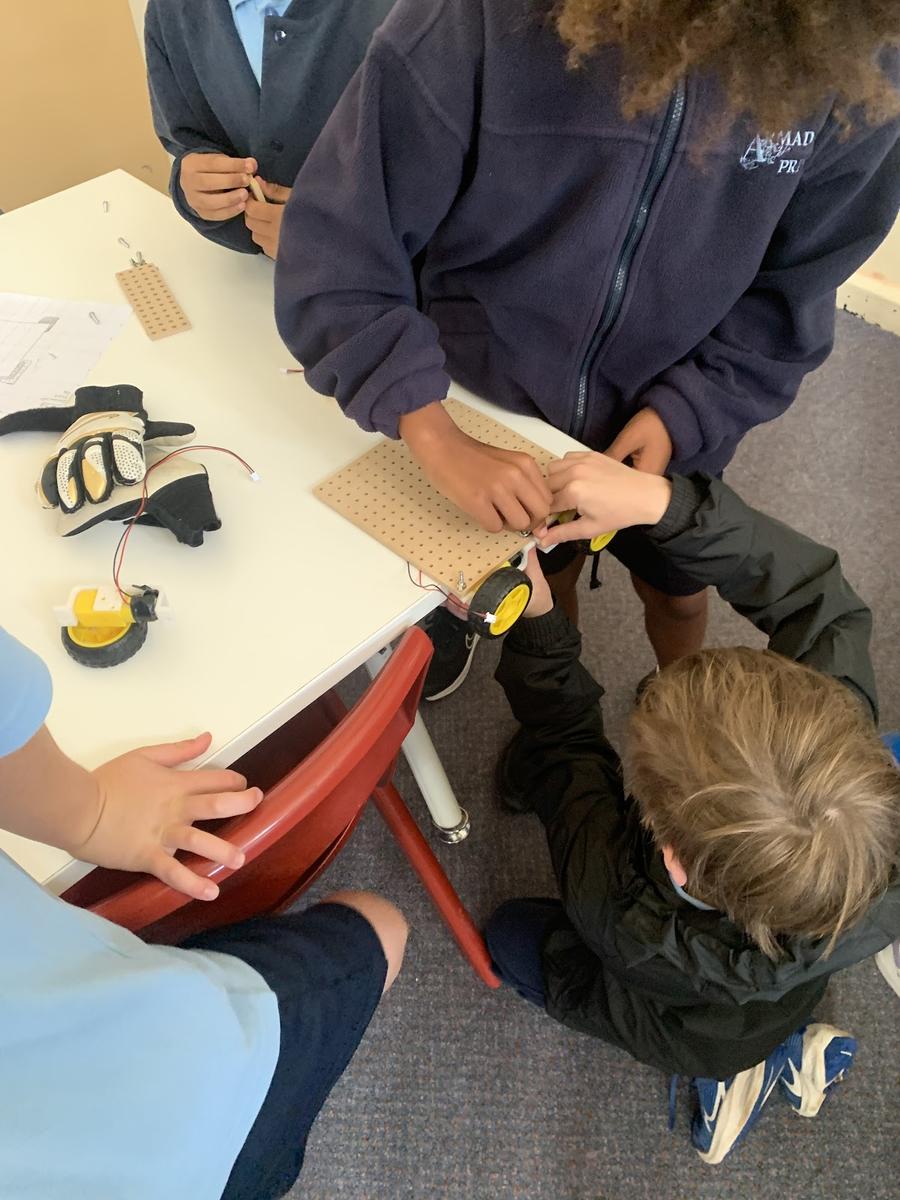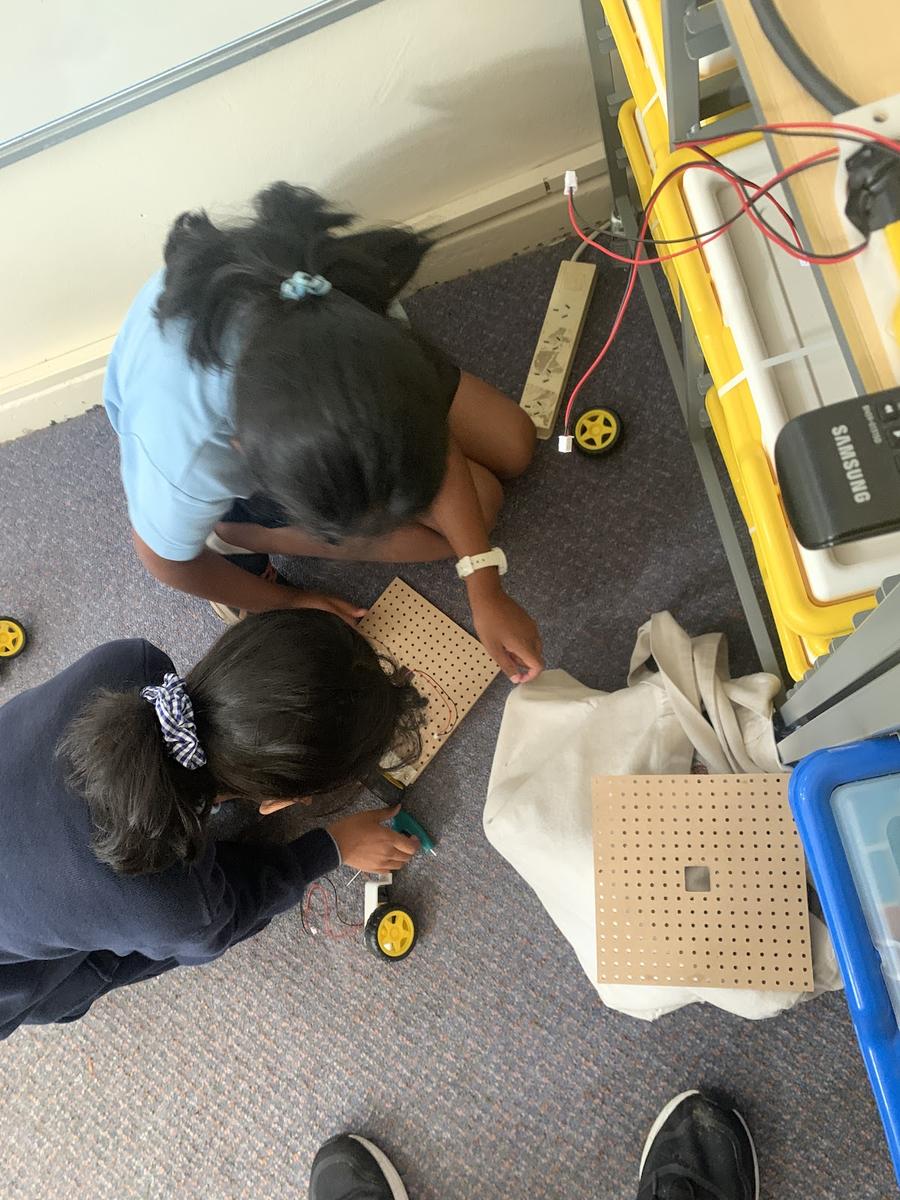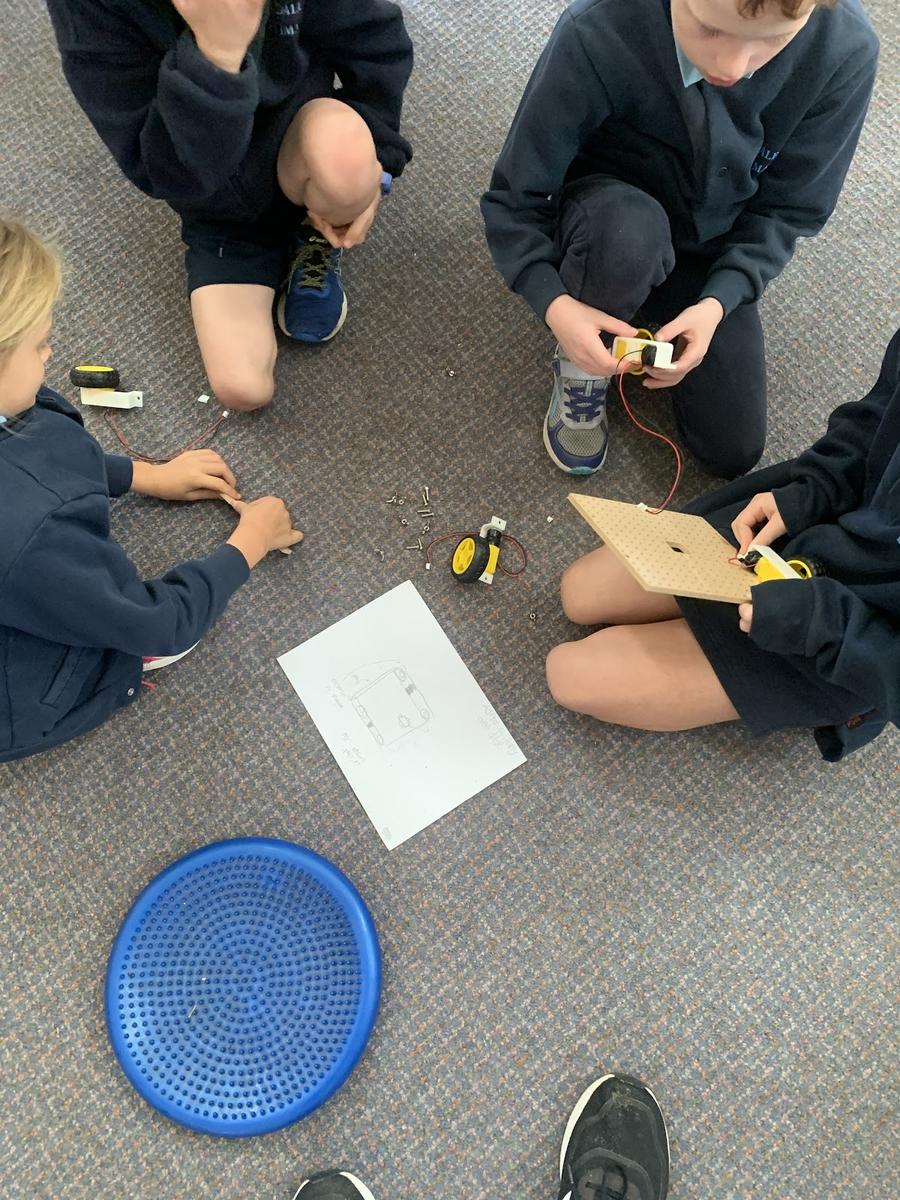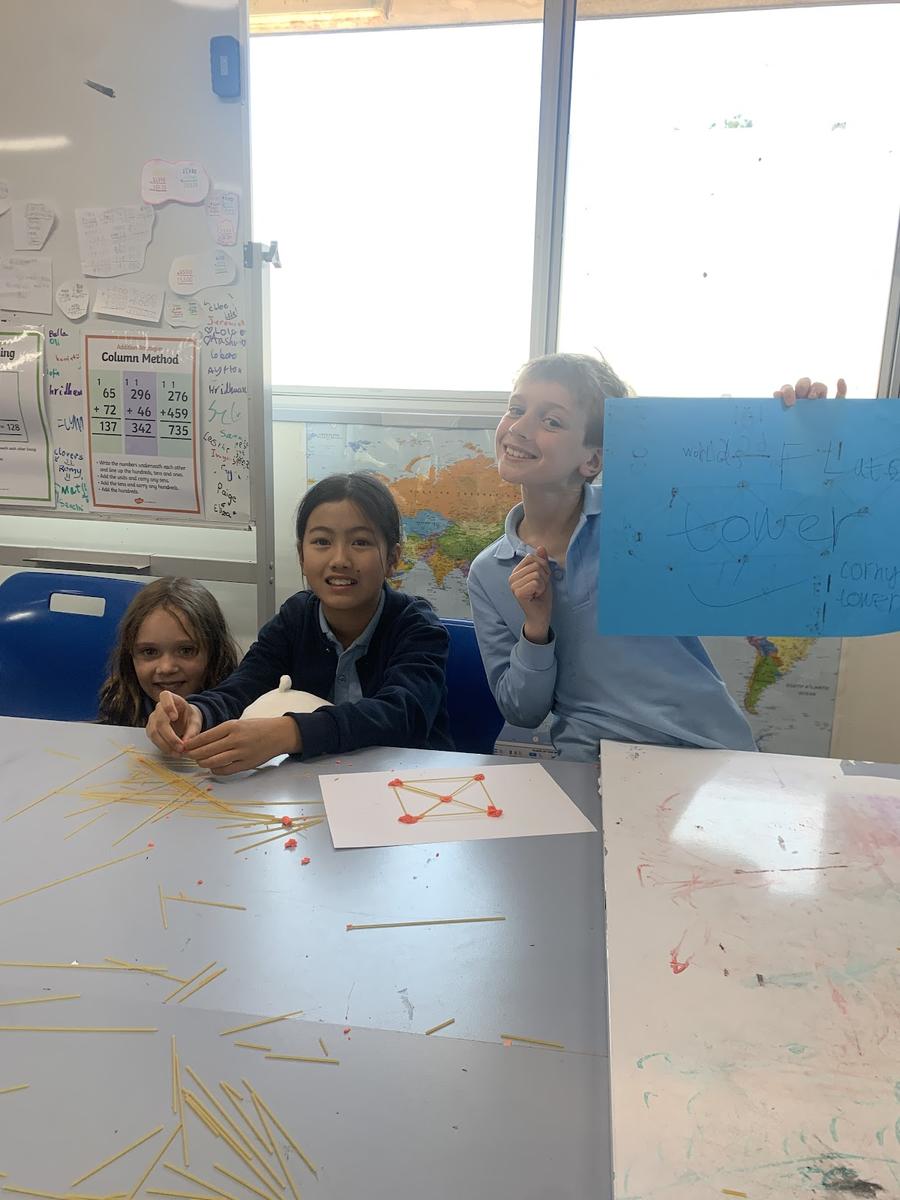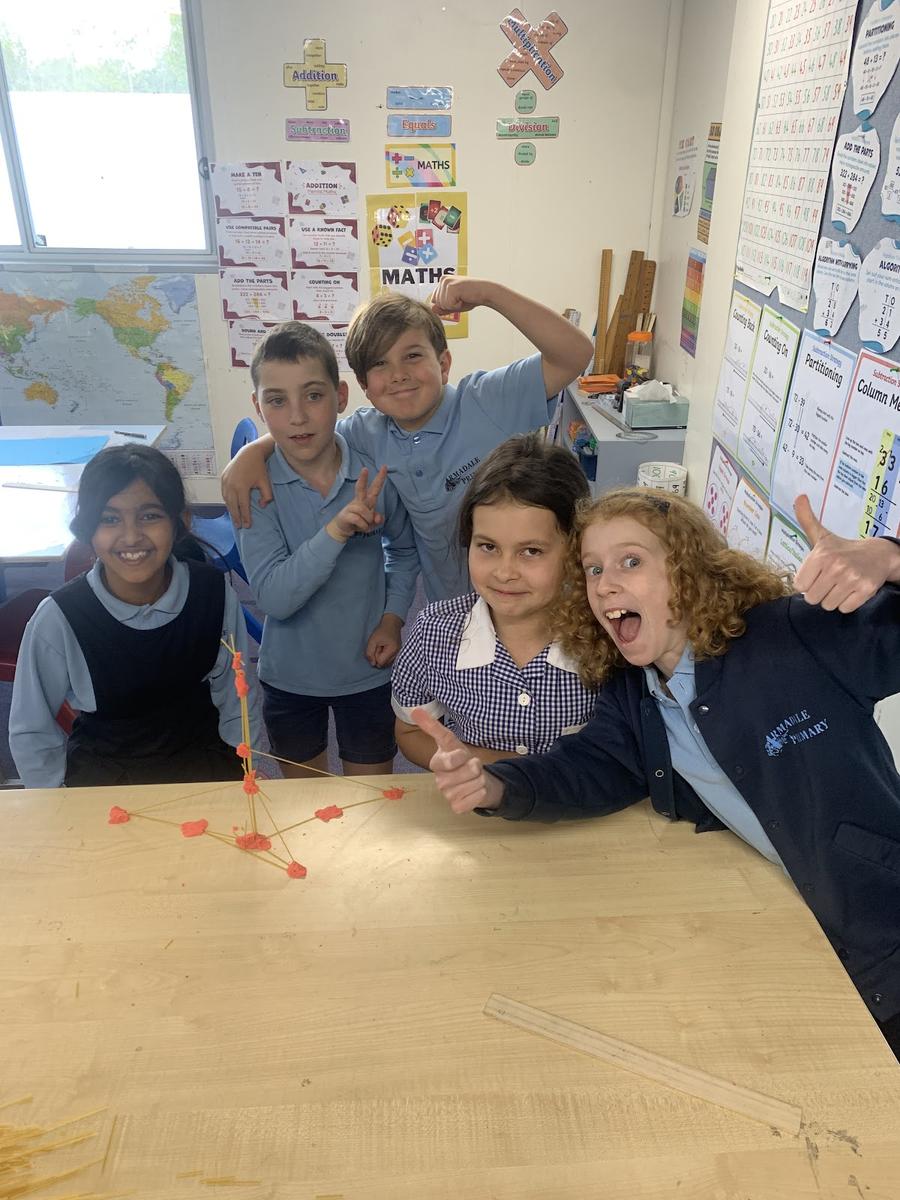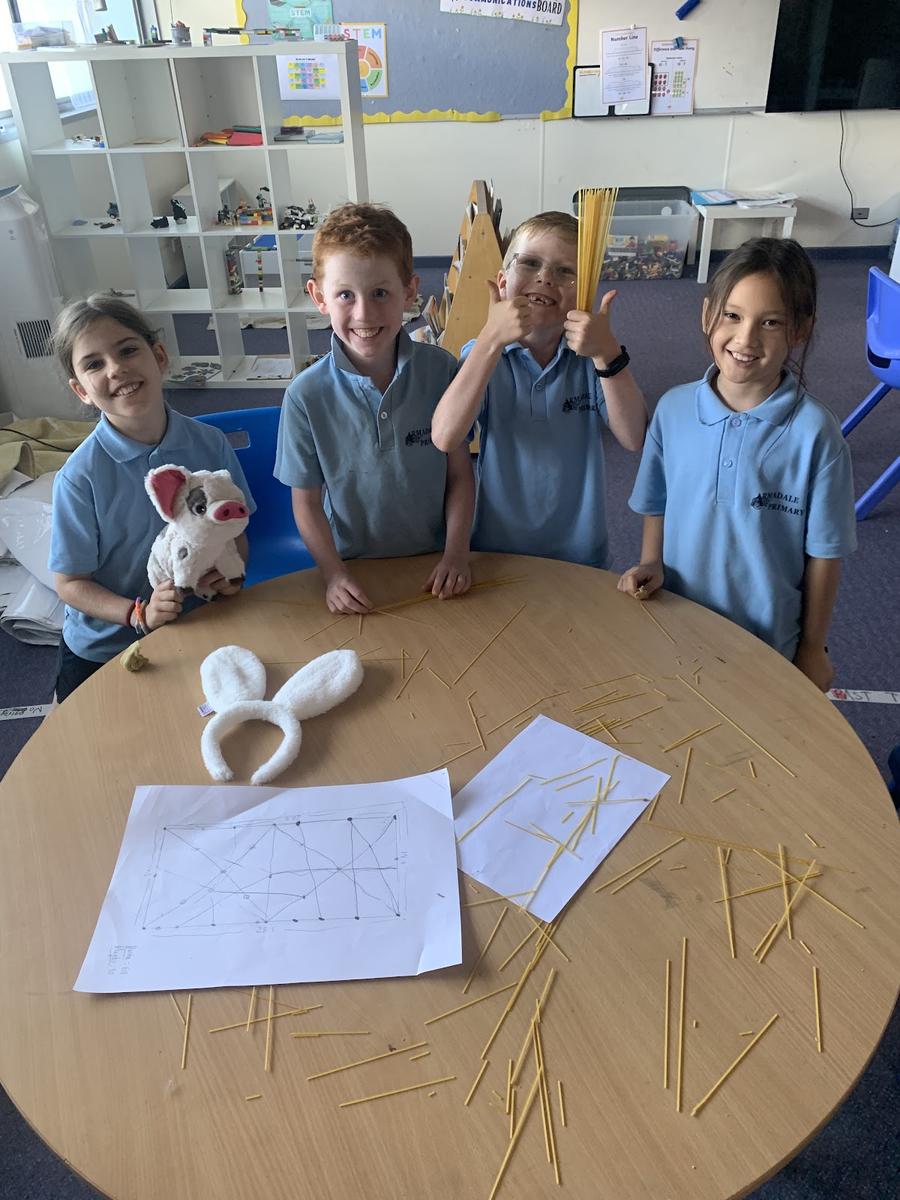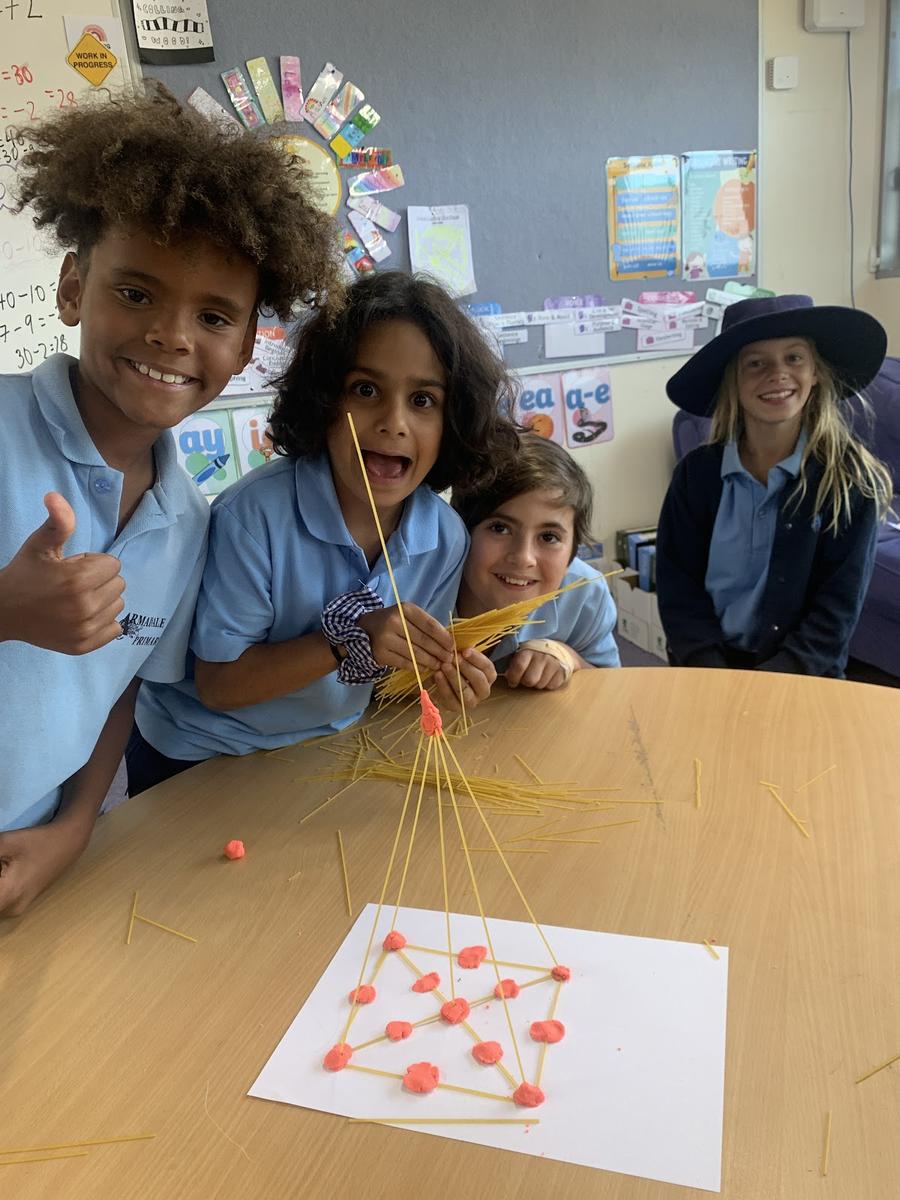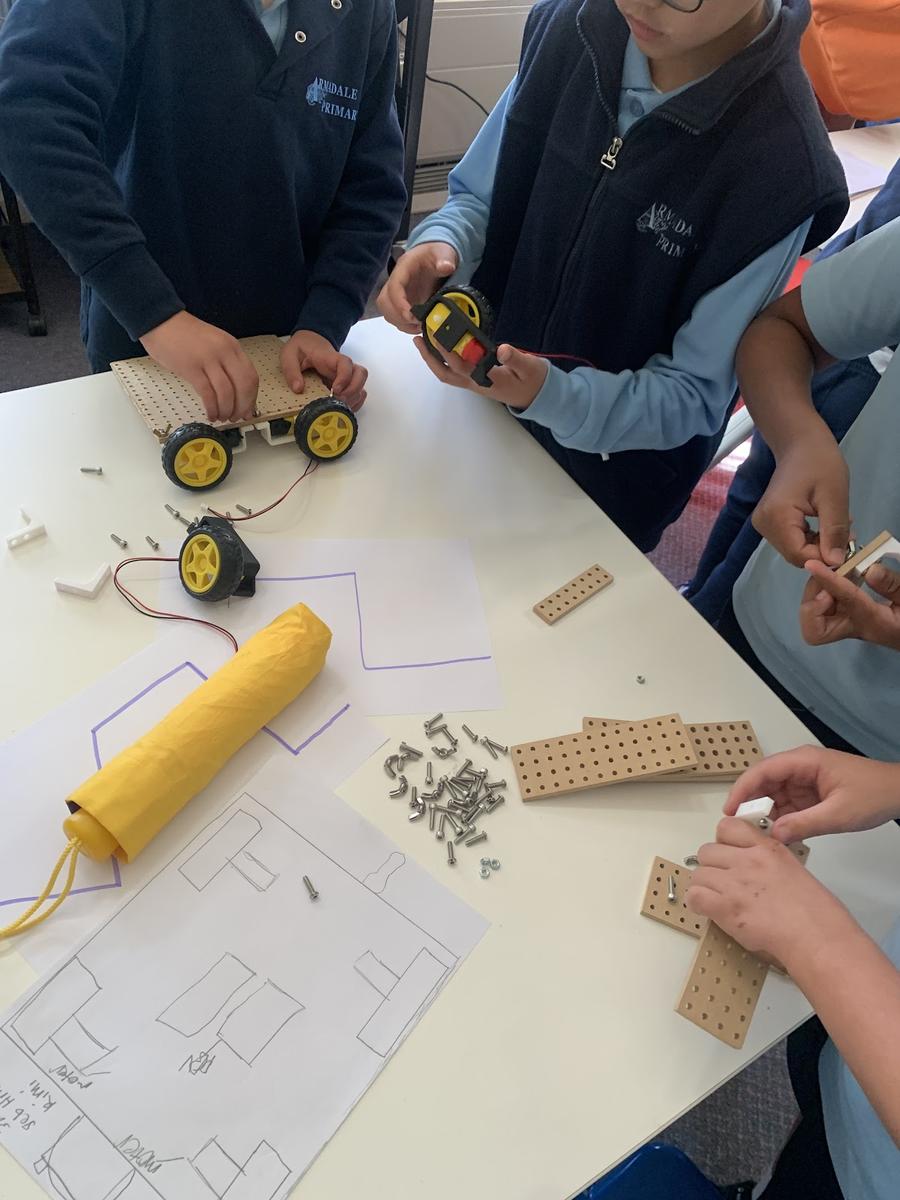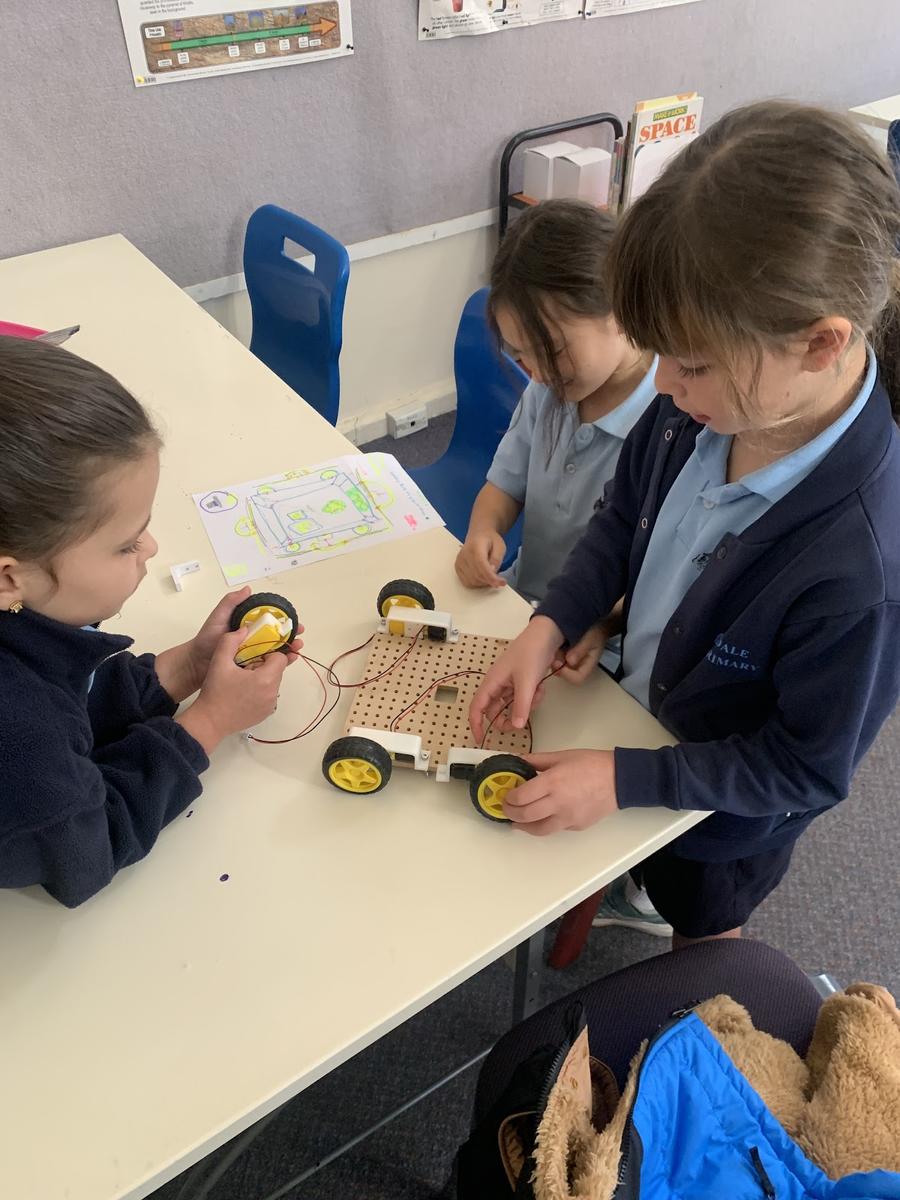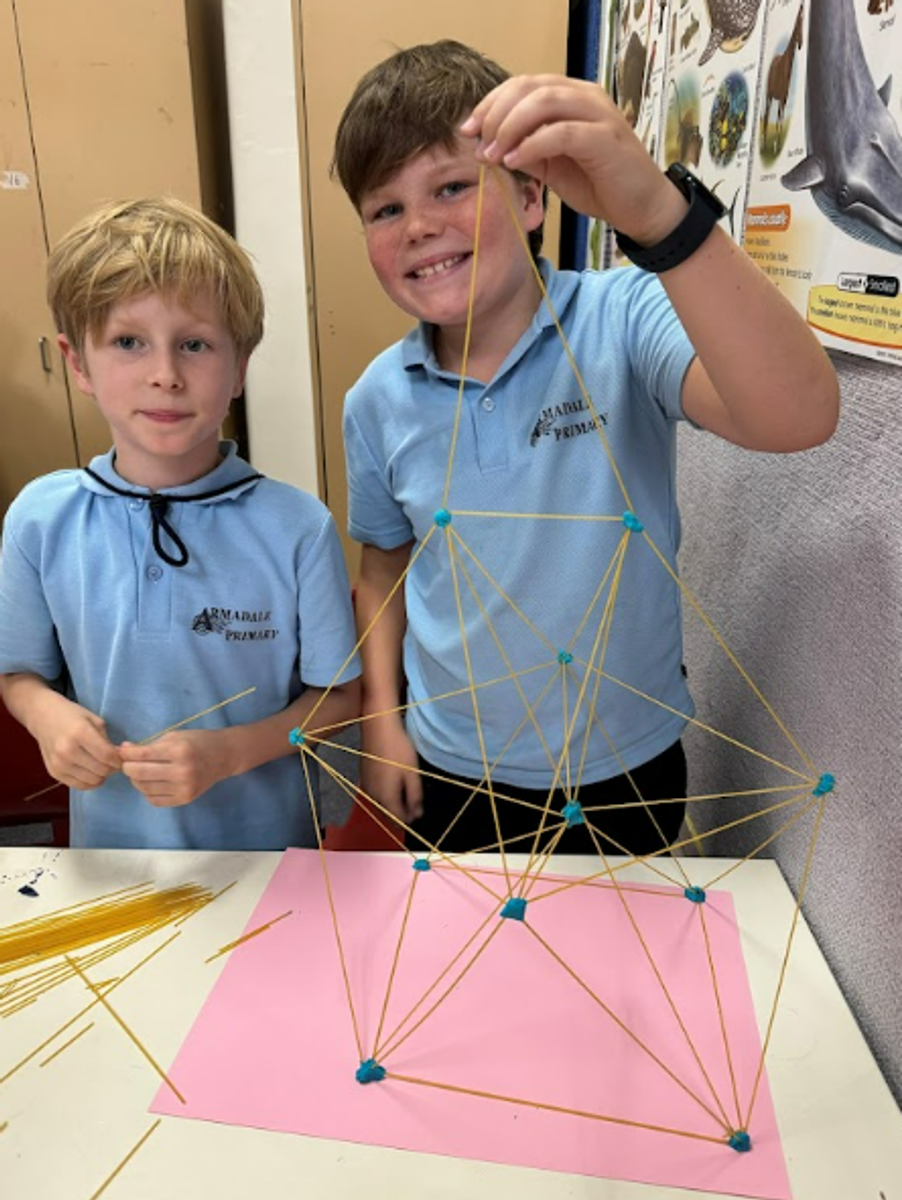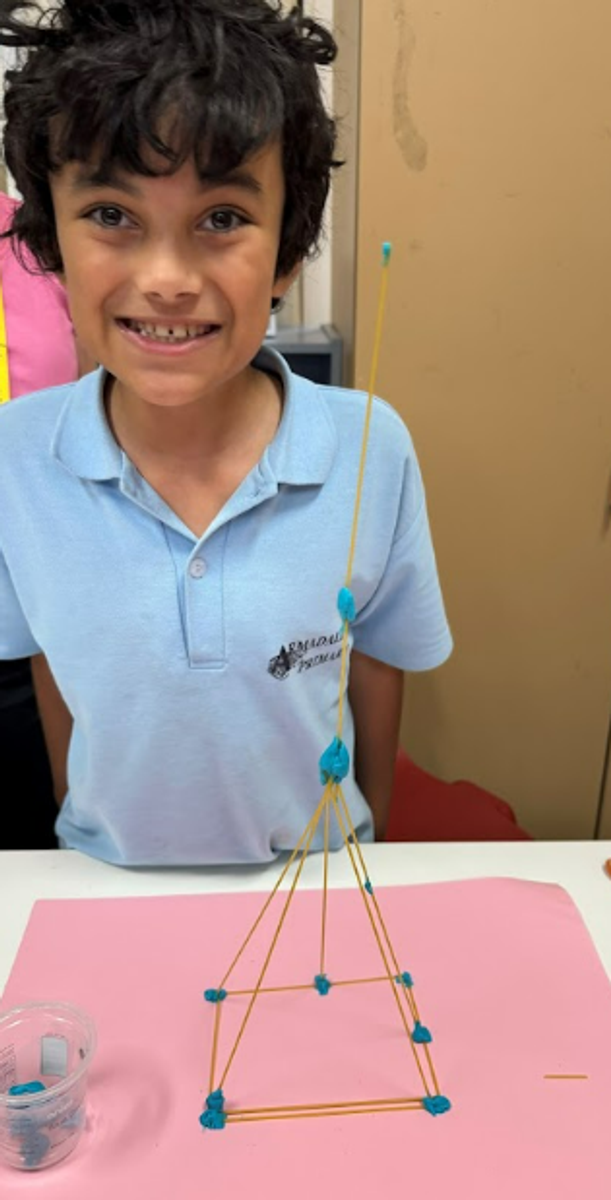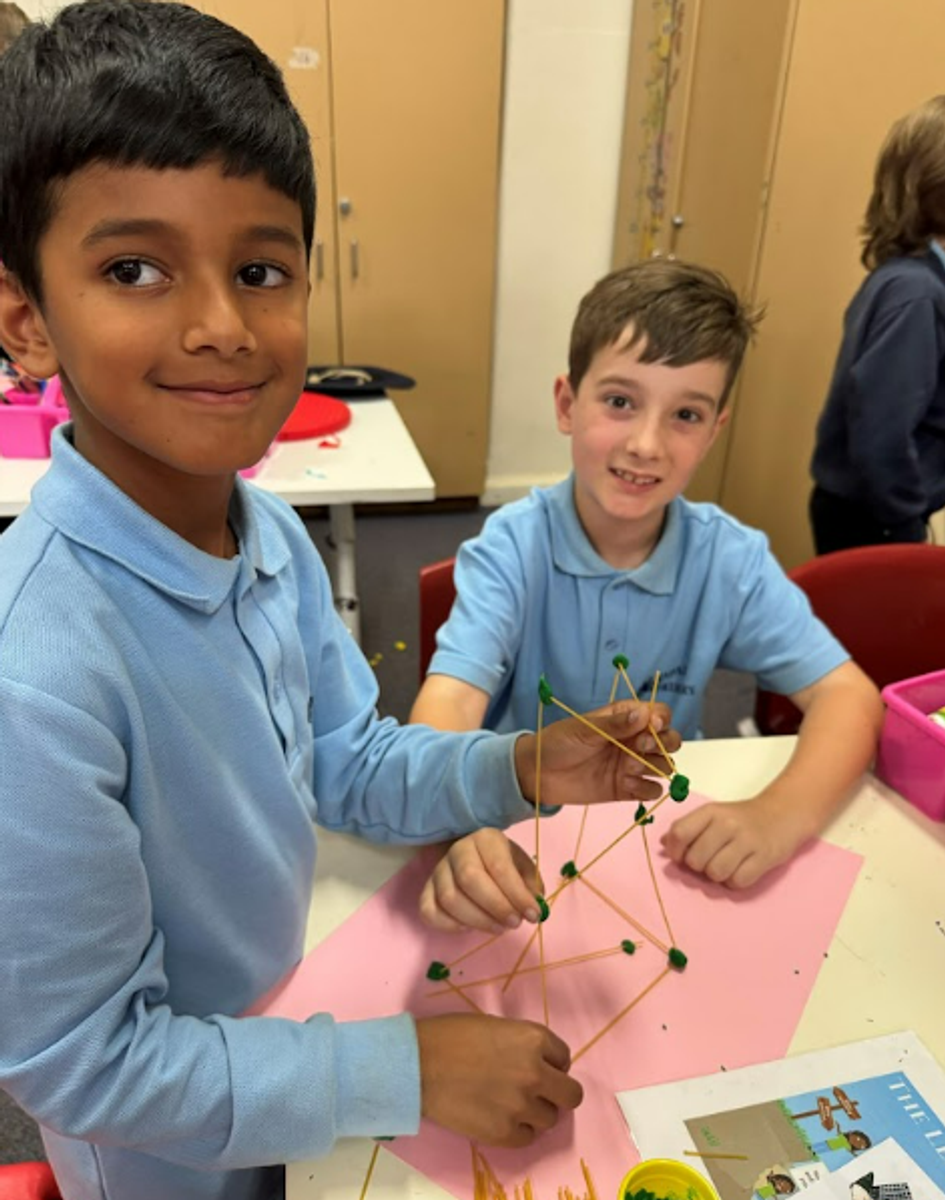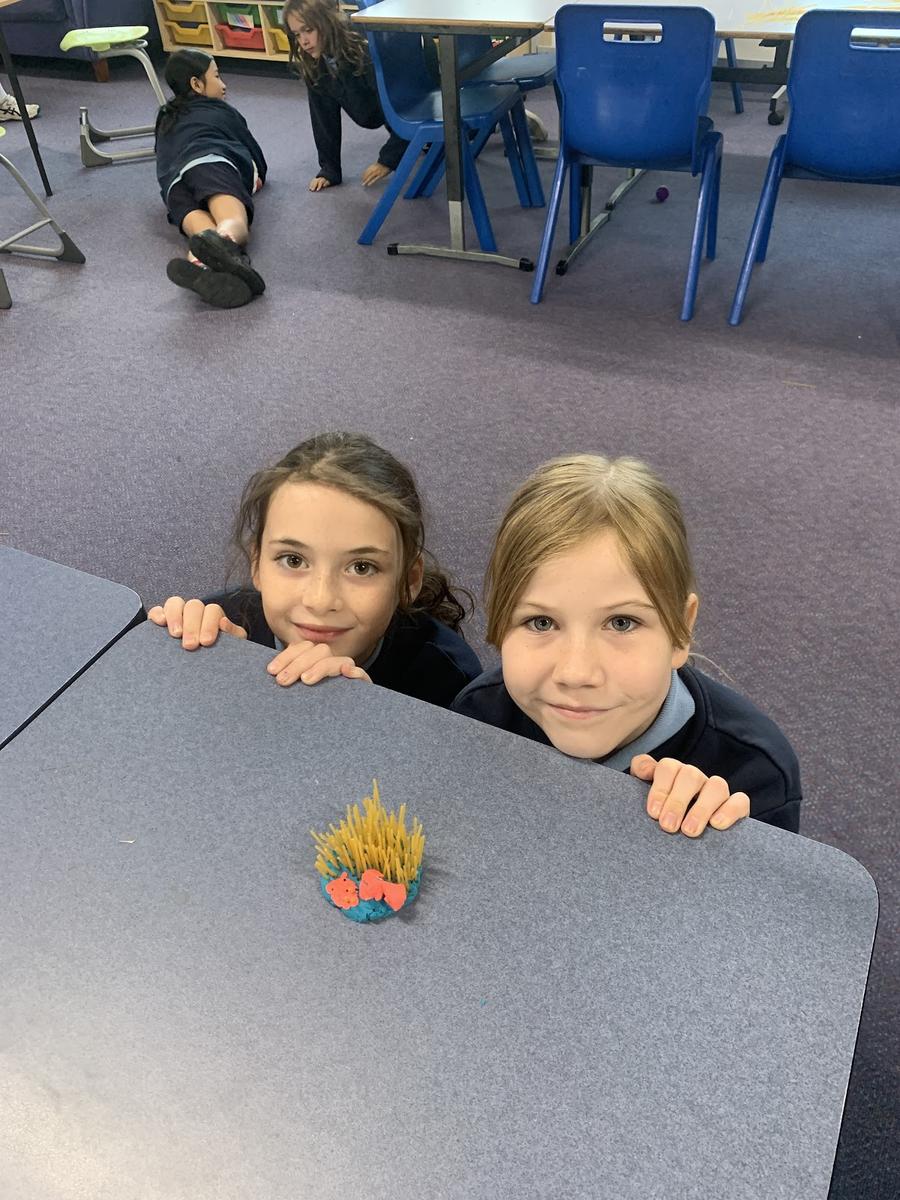Year 3/4 Bulletin
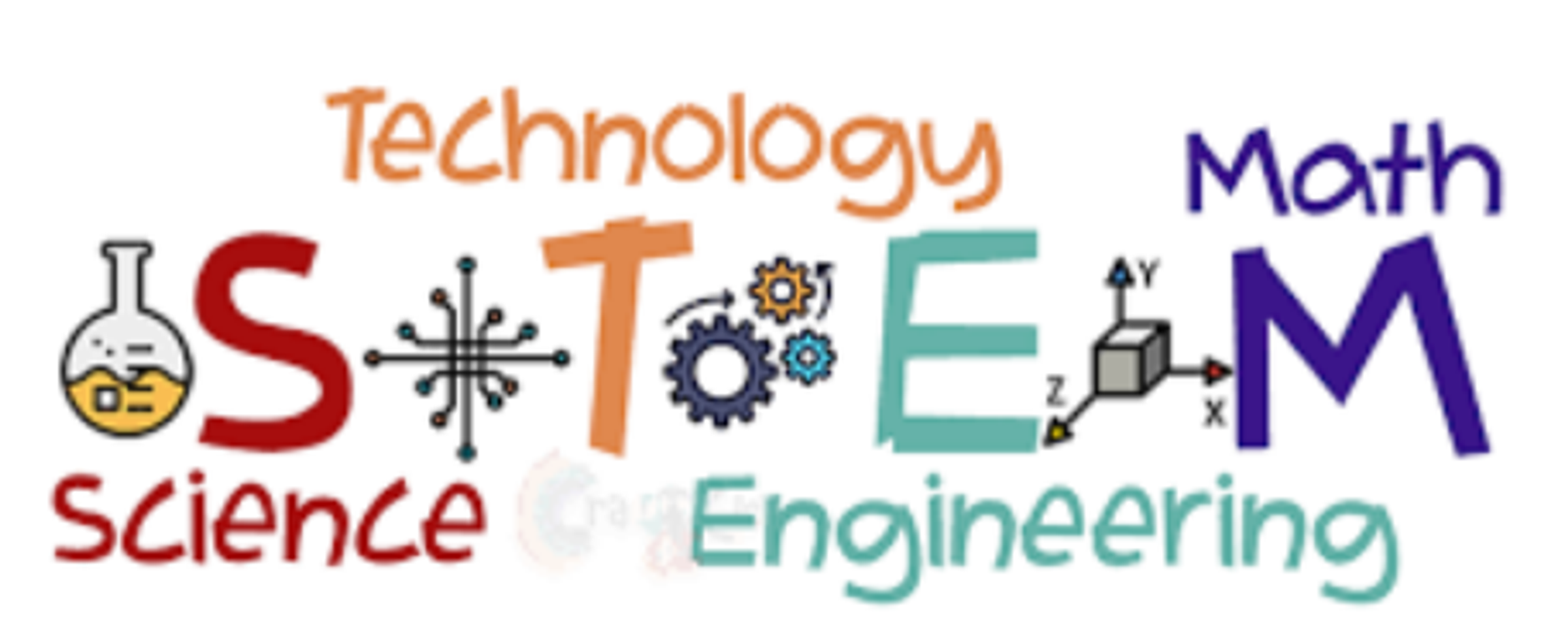
Science, technology, engineering and mathematics (STEM) cover a wide range of disciplines and skills, which are increasingly in demand in our rapidly changing world.
STEM skills and knowledge are important for all stages of our learning, jobs and everyday lives.
STEM education and training cover the specific knowledge and skills in science, technology, engineering, and mathematics disciplines. It also covers the interrelationship between these areas, allowing learning to be delivered in an integrated way and helping to deepen engagement in the four disciplines.
Teaching STEM (Science, Technology, Engineering, and Mathematics) to Grade 3 and 4 students is an exciting opportunity to ignite their natural curiosity and problem-solving skills. At this stage, children are eager to explore and understand the world around them. Through hands-on experiments, interactive projects, and collaborative learning, STEM education helps them develop critical thinking and creativity.
By integrating real-world applications and encouraging questions, we can make STEM lessons engaging and accessible, fostering a lifelong love for learning and innovation in these young minds.
Children participate in STEM lessons on a fortnightly cycle or within a 5-week STEM block per term and complete various STEM challenges using the following cycle.
Children participate in various tasks, such as designing a bridge, building a tower, and building a remote-controlled car. We use the engineering and design process to ask questions and allow children to design their objects creatively.
Example of CHALLENGE QUESTIONS asked at each stage.
What is the problem you are trying to solve?
What are the constraints?
What materials can you use to solve the problem?
How will you know if you have successfully completed this challenge?
What are possible solutions to the problem?
Look at your materials. What are the possible uses for each one?
Does your plan include all of the design requirements?
How do you know?
Which of your ideas is the most realistic given the tie and materials you have?
How can you combine the designs of your group members to create the best solution?
What materials will you use for each part of your design?
Does your design meet all of the requirements?
How will you test your design?
Why do you have to do something a few times before it works how you want it to?
What do you notice during the testing phase?
What parts will need improvement?
Who in your group will complete which tasks?
What is going to be the most challenging part of your design? As you begin building what possible problems could come up?
What specifically about your design needs to be improved? Why?
What changes will you make to your design?
Does something need to be changed or added to your design to meet all of the challenge requirements?
Why do we make changes to our designs?
Building Remote Control Cars photos:
Battle Bot Challenge Photos
Year 3/4 Team
Allira.Zeneli@education.vic.gov.au


